La Casa de Azúcar / The Sugar HouseRufino Loya Rivas (1933 - 2022)
Extant
4301 Leavell Avenue, El Paso, Texas, 79904, United States
Much of the decoration on and around the Casa de Azúcar is visible from the street, but as this is a private residence, please respect property boundaries and do not enter the fenced-in area unless invited to do so by the artist.
About the Artist/Site
Until his retirement in 1995, Mexican immigrant Rufino Loya Rivas worked for El Paso’s Levi Strauss manufacturing plant, sewing pockets into denim jeans. Rivas and his wife Celia had little funds for the purchase of an elaborate home in a fine neighborhood, so, in 1973, they purchased a modest, squat home that he described as “horrible,” surrounded as it was by rocks and dirt and located too close to busy Highway 54. But although he had never had any training in construction, architecture, or art, Rivas promised his wife that he would transform the tract home and make her proud to live there.
He began right away, teaching himself masonry techniques as he created a rounded brick archway over the pathway leading from the street to the front door; later, he ornamented it with rocks and painted plaster flowers. Excited and inspired by how well it turned out, he moved on to create elaborate bases for flowerpots, colorful window treatments, and an intricate and highly decorated fence. Later he added freestanding columns topped by angels, planters of all sizes – some planted with real flowers and others with ones that Rivas created out of concrete or metal – and an impressive assortment of monuments and shrines. Almost every structure is finished off with an assortment of elaborate finials.
Drawing on his recollections of the high Baroque style of many churches of his Mexican homeland, he worked with Portland cement, molding it within cups, bowls, and other simple containers to form shapes that he would later transform into flowers, leaves, spheres, discs, and more. He cut out aluminum cans to form thin flowers, holding the “petals” together with bottle caps nailed into place. Following fabrication, all pieces were enhanced with white and colorful paints – pinks, reds, and blues were most commonly used. A hand-painted sign reads “This house is a little piece of Mexico/Esta casa es un pedacito de México,” underscoring both his inspiration from and continuing affection for the place of his birth.
Although the fence blocks off a clear view of the house from the highway – a view concealed even further thanks to a row of densely planted trees – several works are installed beyond the fence’s enclosure. Between the fence and the local road that parallels the freeway are five elaborate structures, most shrines or memorials; for example, one very elaborate work with the figure of Saint Francis of Assisi serves as a memorial to those who, in 1659, founded the pass between Mexico and the United States where El Paso and Ciudad Juárez now touch. Another memorializes those who lost their lives in the September 11, 2001 terrorist attacks, and others were inspired by favored biblical verses.
But while every section of the property is intricately decorated, perhaps the single most extravagant feature is a multilevel religious altar that is adorned with angels and putti and presided over by a large painted sculpture of Jesus Christ. This ornate shrine took over 600 hours of work. A second large shrine, this one dedicated to the Virgin of Guadalupe, required almost a full year of work. This monument, as with most of the other larger structures on the property, is enhanced with homemade as well as purchased angels and other religious figures, all brightly painted; the Virgin herself is resplendently painted in two dimensions. Scattered among the constructions are small hand-painted signs – in both English and Spanish – that reflect Rivas’ devotion and his humility to God before the sumptuous environment he has created.
While the majority of the construction and ornamentation on the Casa de Azúcar took place between 1973 and 1998, Rivas continues to repaint or repair as necessary to keep his property always looking clean and inviting. It is a monument to his Catholic faith, and he wants to ensure that any publicity on his work unmistakably emphasizes his devotion.
Named the Sugar House or the Casa de Azúcar by passersby who felt that the house reminded them of a wedding cake piled high with sugar frosting, Rivas is not averse to the simile, as he considers his house a love letter to El Paso, his adopted city, and to its citizens. They have responded in kind, and most believe his property has become a “must see” sight for visitors and residents alike. Much of the decoration on and around the Casa de Azúcar is visible from the street, but as this is a private residence, please respect property boundaries and do not enter the fenced-in area unless invited to do so by the artist.
~Jo Farb Hernández, 2017
Update: Rufino Loya passed away on August 13, 2022. The future of his environment is unknown at this time.
Contributors
Map & Site Information
4301 Leavell Avenue
El Paso, Texas, 79904
us
Latitude/Longitude: 31.8333959 / -106.4404569
Nearby Environments







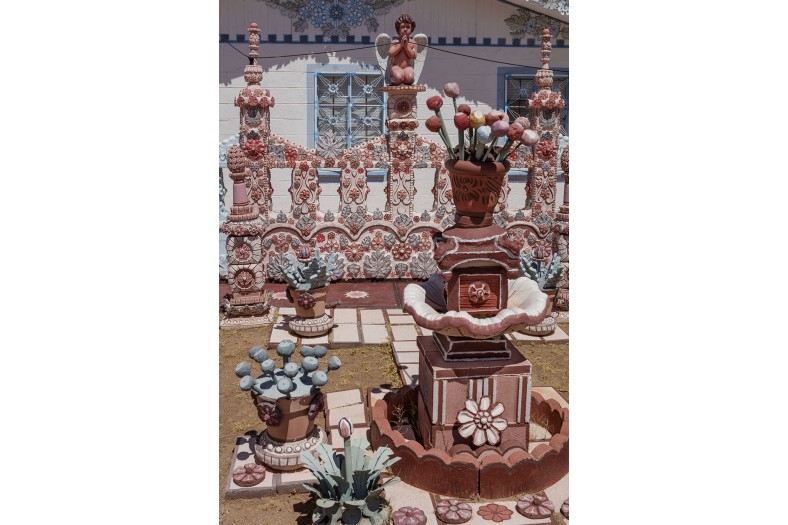















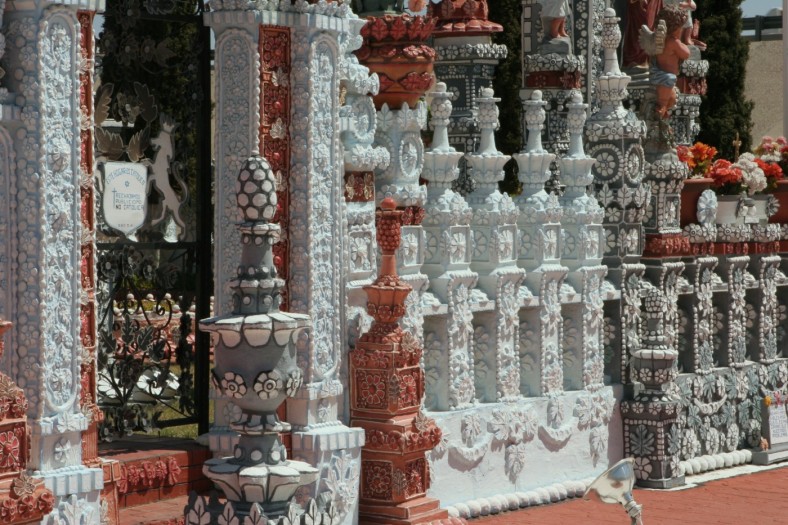







































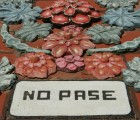















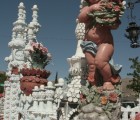




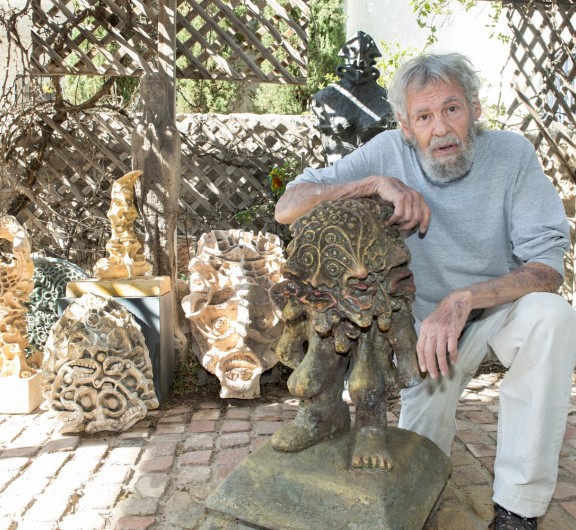


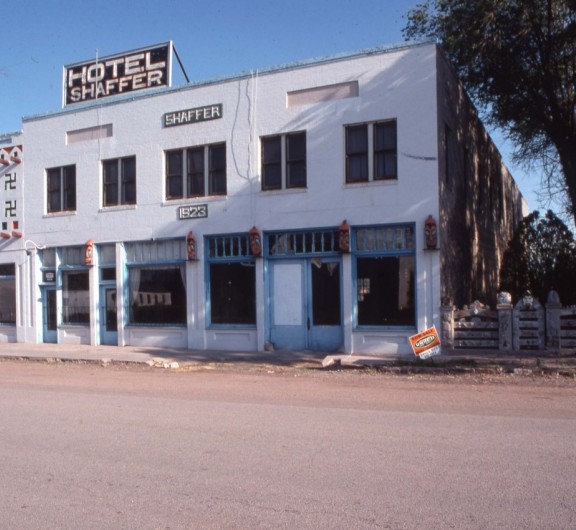



Post your comment
Comments
No one has commented on this page yet.